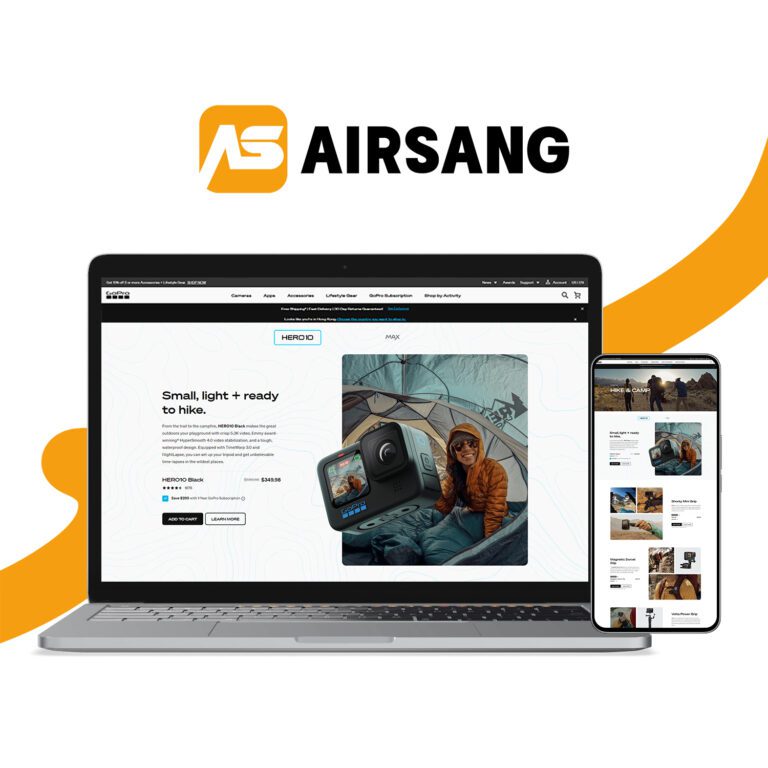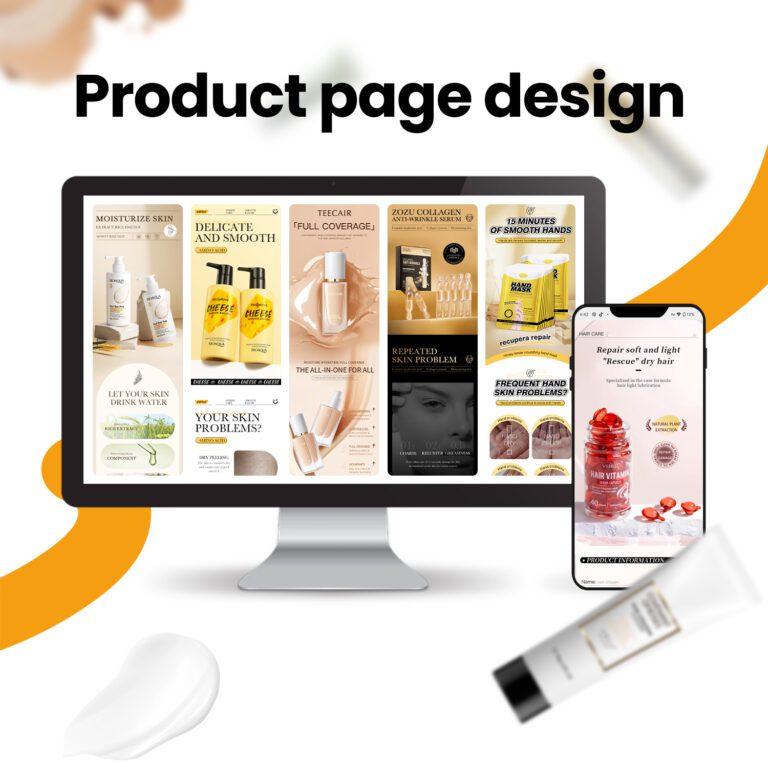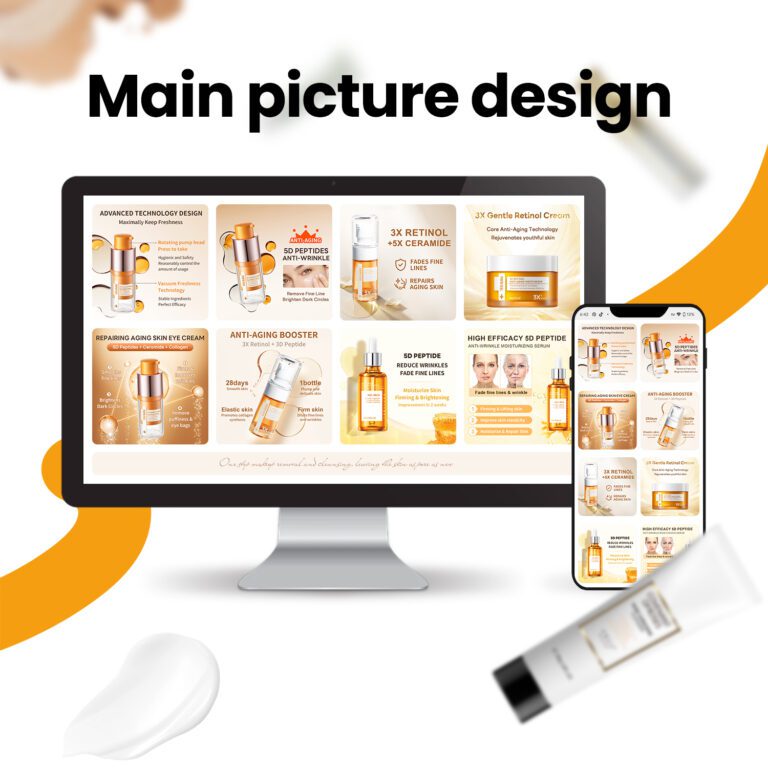Which of the following does not represent a clear call to action?
A strong call to action (CTA) is key to turning visitors into leads—but not all CTAs are created equal. At Airsang Design, we help brands craft clear, compelling CTAs that drive results, not confusion.
In this quick guide, we’ll break down what makes an effective CTA—and how to improve yours for better engagement and conversions.

What Does a Call to Action (CTA) Mean?
A Call to Action (CTA) prompts users to take a specific step—like clicking a button or making a purchase. It guides them through your site or funnel and drives conversions.
Effective CTAs are clear, attention-grabbing, and goal-oriented—whether it’s a button, link, or phrase.
Key Traits of an Effective Call to Action
For a CTA to work, it should be:
- Clear & Direct: Instantly communicates what action to take
- Action-Driven: Uses strong verbs like “Buy Now” or “Get Started”
- Urgent & Motivating: Encourages quick action with time-sensitive cues
- Visually Standout: Bold design and strategic placement make it hard to miss
Weak CTA Examples—and How to Make Them Stronger
Here’s how to turn weak CTAs into strong, action-driven prompts:
Example 1: “Learn More”
Too vague—users don’t know what they’ll get.
✅ Better: “Learn How to Boost Your Sales Today” – specific, benefit-driven, and urgent.
Example 2: “Click Here”
Overused and unclear—lacks purpose.
✅ Better: “Start Your Free Trial Now” – clear action, value, and urgency.
Example 3: “Maybe Check This Out”
Uncertain tone lowers confidence.
✅ Better: “Explore Our New Collection and Find Your Perfect Match” – direct, inviting, and benefit-focused.
Extra Strategies to Strengthen Your Website CTAs
Here are key ways to improve CTA performance on your website:
- Be Clear: Tell users exactly what they’ll gain by clicking.
- Use Strong Verbs: Action-driven words like “Get,” “Start,” or “Claim” drive behavior.
- Create Urgency: Phrases like “Limited Time” or “Today Only” encourage quick action.
- Make It Stand Out: Use bold design and high-contrast colors to draw attention.
- Match User Intent: Tailor CTAs to where users are in their journey.
- Keep It Short: Aim for 2–5 impactful words.
- Personalize: Use “My” or “I” to make it feel user-centric.
- Add Social Proof: Place testimonials or stats near the CTA for added trust.
- Limit Distractions: Focus on one clear CTA per section.
- Customize by Behavior: Adjust CTAs based on user actions or location.
- Test Often: A/B test versions to see what converts best.
- Offer Exclusivity: Make users feel they’re accessing something special.
- Remove Risk: Use “No Credit Card Needed” or “Cancel Anytime” to ease hesitation.
- Use Emotional Colors: Choose colors that align with your goal—red for urgency, green for action.
- Clarify Next Steps: Make it obvious what happens after they click.
Conclusion
At Airsang Design, we know a strong Call to Action (CTA) is key to turning visitors into customers. Clear, action-driven CTAs with urgency and relevance can dramatically boost conversions and user experience.
Next time you write a CTA, ask: Is it clear? Compelling? Actionable?
Small tweaks can turn weak CTAs into high-performing conversion drivers.
















